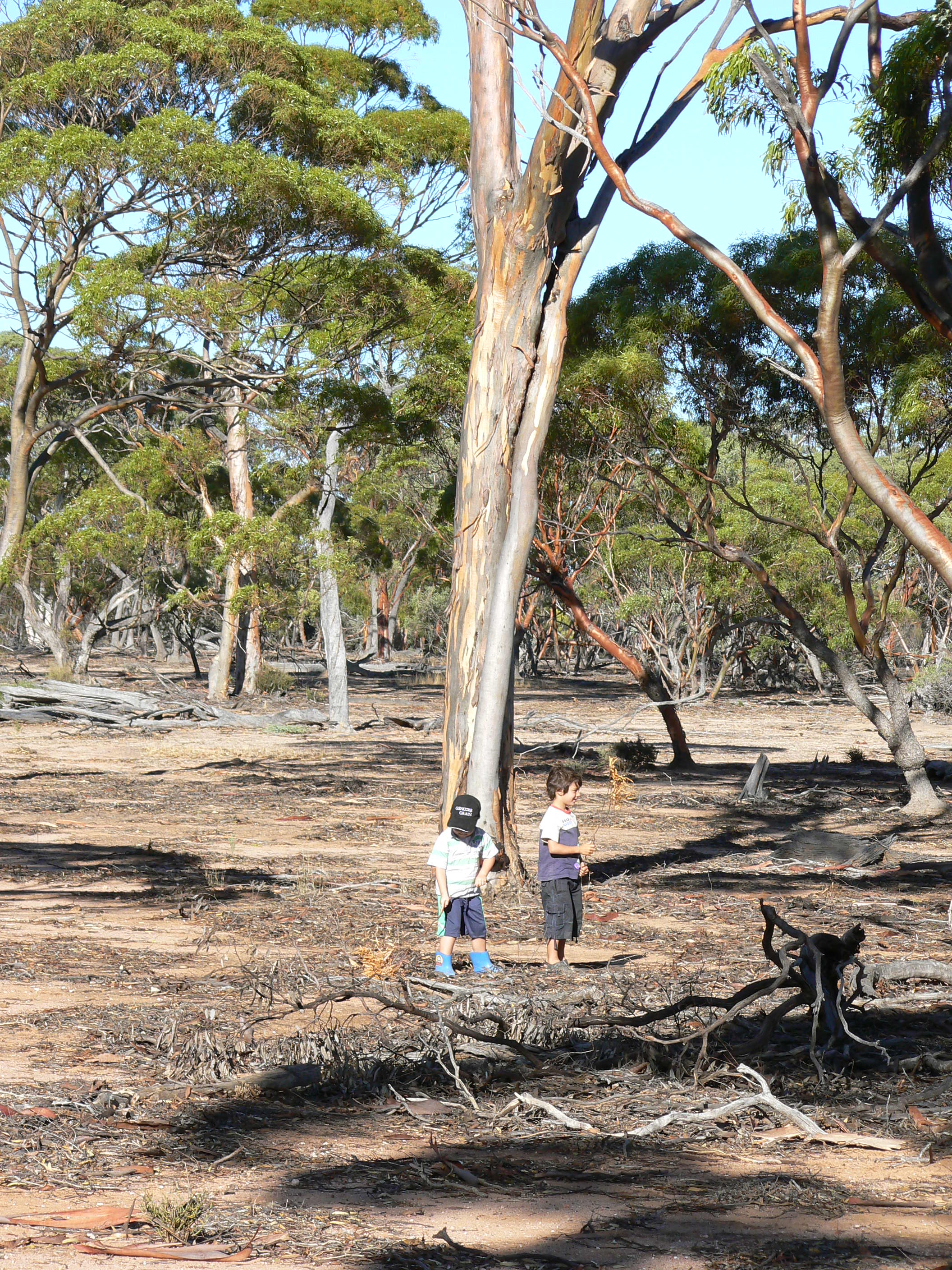Mike Griffiths, WWF

When Merredin farming family Pep and Jules Alvaro were first approached to put their 53 hectare bush block under a covenant they were reluctant. They’d heard such a move could restrict their ability to freely farm and enter the area. But since agreeing to a voluntary conservation covenant with the National Trust of Australia – WA, they’ve embraced the concept wholeheartedly. This week they will be joined by representatives from WWF - Australia and the Avon Catchment Council to celebrate the move with a morning tea and bushwalk through the area. “We were confused with the idea of a caveat, which is restrictive, unlike a covenant,” Jules Alvaro said. “On closer examination it fitted with exactly what we wanted to do with the area. “We use the bushland for recreation and I’m also keen to do some seed collecting for commercial purposes. “But we didn’t want stock destroying the understory, so we received funding to fence it off, and now we know that part of the farm will be preserved for generations to come.” The Alvaro family is one of a growing number of landholders wanting to preserve their bushland through a conservation covenant. Three agencies are able to issue this type of agreement. The WA Department of Environment and Conservation, the National Trust of Australia - WA and the WA Department of Agriculture and Food The Alvaro family chose a covenant with the National Trust of Australia – WA and has been working with WWF – Australia and the Avon Catchment Council to achieve this. WWF- Australia’s project officer Mike Griffiths has been responsible for covenanting at least ten other areas of bush remnants in the Avon River Basin. He helped broker the agreement and says the remnant woodland block owned by Pep and Jules Alvaro is one of only a small number left in good condition. “It’s got some endangered woodland and beautiful salmon gum, gimlet and red morel trees,” Mike Griffiths said. “Red morel is a eucalypt that used to be really common in the wheatbelt, but because they grew on the best farming soils they were selectively removed. “The area itself is a great habitat for trapdoor spiders, which are an indicator for bush health, and that area is known to have several species living in the covenanted bush.” Mike Griffiths says it’s great to see farming families like the Alvaro’s show such strong commitment to looking after their precious biodiversity while at the same time farming sustainably. “It shows that it’s possible to conserve the environment and not compromise farming at the same time,” Mike Griffiths said. The time it takes to draw up the covenant can take longer than a year as the landholder and the broker work on a management document that suits both parties. “There’s plenty of discussion to make sure the covenant suits the landholder, as well as the covenanting agency.” The number of farmers wanting to enter into conservation covenants is increasing. Since 2001, the WA Department of Environment and Conservation has entered into 110 similar covenants protecting more than 8,700 hectares of native vegetation. The Department can also pay up to $10,000 per property for items such as fencing and weed control as part of the covenant. The Avon Catchment Council together with the WWF now hope the Alvaro’s will inspire other farmers with significant areas of natural bush to investigate the idea of a covenant. “The idea of the covenant first came to light several years ago it has been a joy to watch the bush block regenerate,” Jules Alvaro said. “We love walking through the bush in the spring months when everything is flowering. The colours and range of flowering natives is spectacular.”

